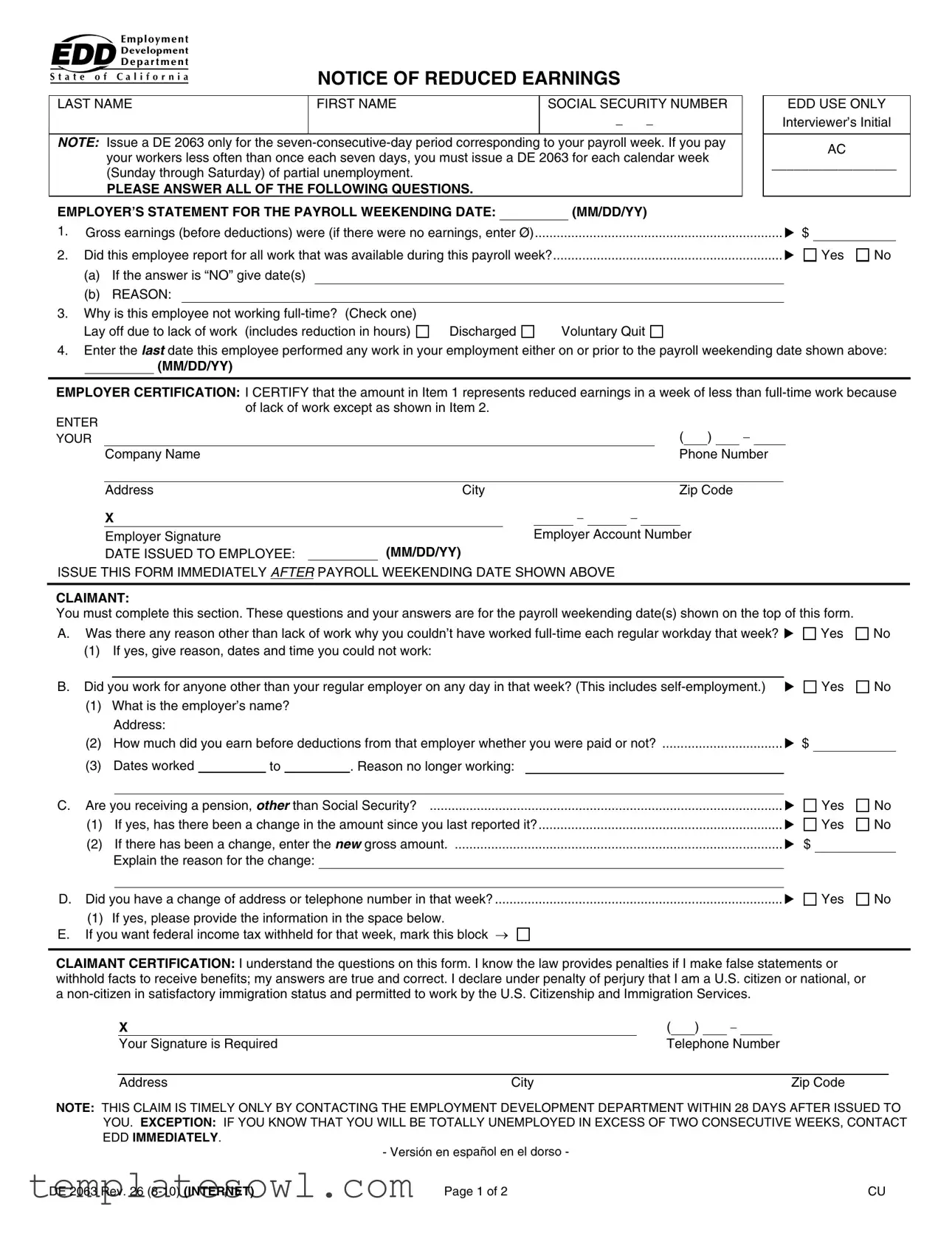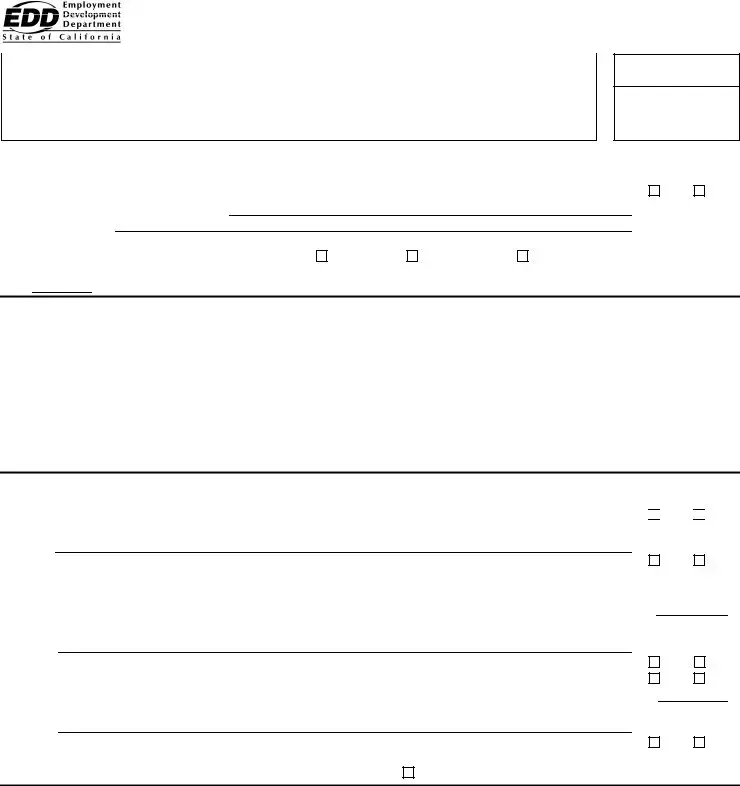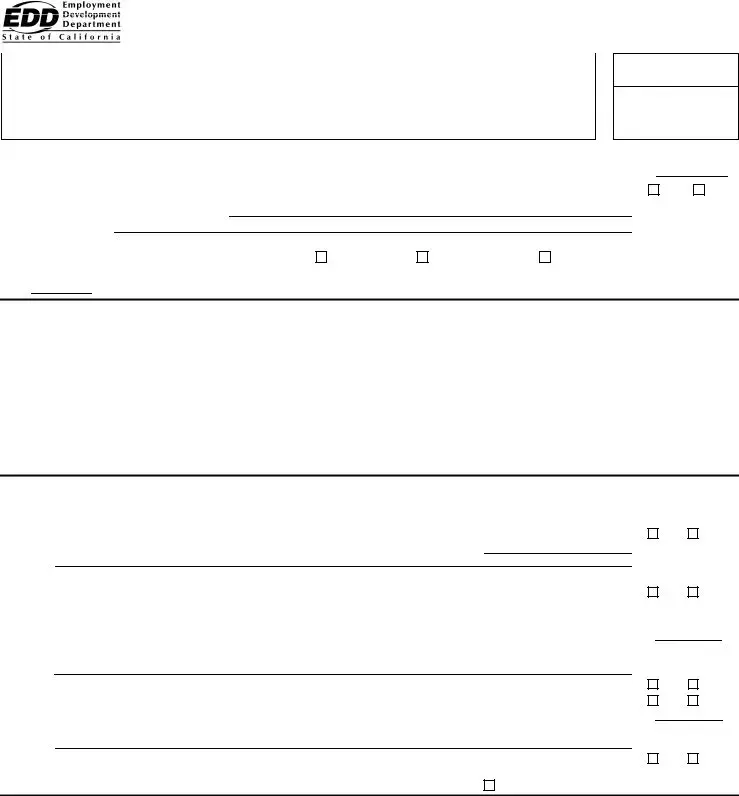Filling out the DE 2063 form can be straightforward, yet many people overlook critical details that can lead to delays or denials of benefits. One common mistake is failing to provide accurate gross earnings. It's essential to enter the correct dollar amount before any deductions. If an individual had no earnings during the week, it should be marked as Ø. An oversight here could result in complications for both employees and employers.
Another frequent error involves the employment status of the individual. Some people mistakenly mark "Yes" or "No" without supporting details or clarifications. If the employee did not report for all available work, it is crucial to include the specific dates and reasons. Omitting this information can leave the form incomplete, causing delays.
Misidentifying the reason for not working full-time is also a significant mistake. It is vital to accurately check the box that applies, whether it’s a layoff, discharge, or voluntary quit. Each option carries different implications for the claim. Failure to accurately represent this situation can complicate the claims process.
Completing the employer certification section is often overlooked. Employers must sign and certify the information given on the form. Without a signature or correct company information, the form may not be accepted, further delaying the processing of benefits. It cannot be stressed enough how critical this certification is.
The date of the last work performed should be clearly entered. Some individuals forget or inaccurately fill in the date, leading to confusion. This date is necessary for determining eligibility for benefits. An incorrect date can result in an employee missing out on needed assistance.
Claimants often fail to disclose other work performed during the week. This includes any self-employment or work done for different employers. It is important to provide details about side jobs, including employer names and earnings. Missing this information could be viewed as withholding facts and can impact the claim negatively.
Changes in address or phone number during the week are frequently left unchecked. If there was a change, providing the new details is not just a formality—it's necessary for communication and verification. Ignoring this detail could result in missed notifications and important updates.
Lastly, individuals sometimes forget to check the box regarding federal income tax withholding. This decision can affect personal finances significantly. It’s essential to make this choice clear on the form to avoid unexpected tax liabilities later on. Taking the time to verify this can help in avoiding potential tax issues.



 Yes
Yes 
 No
No